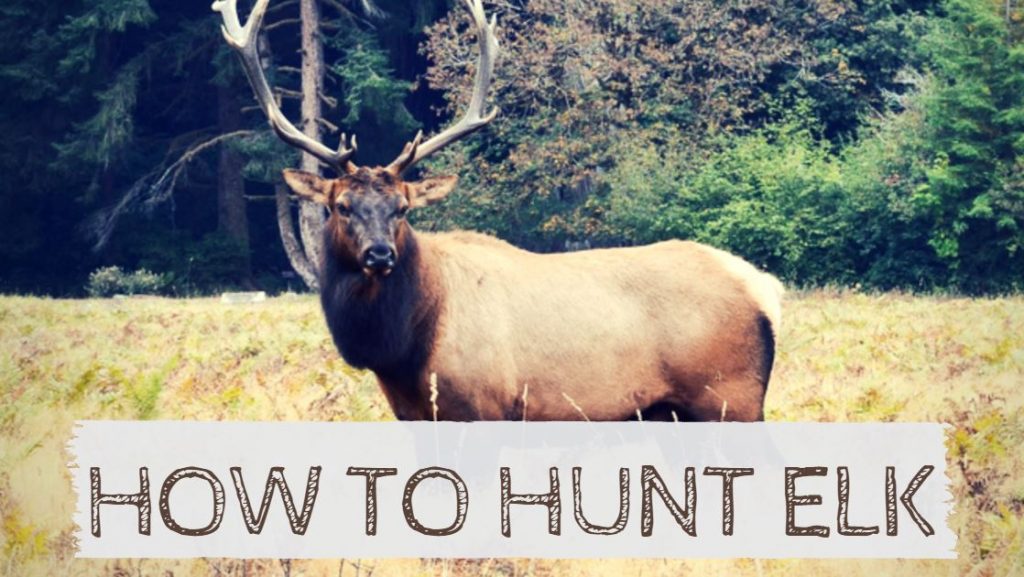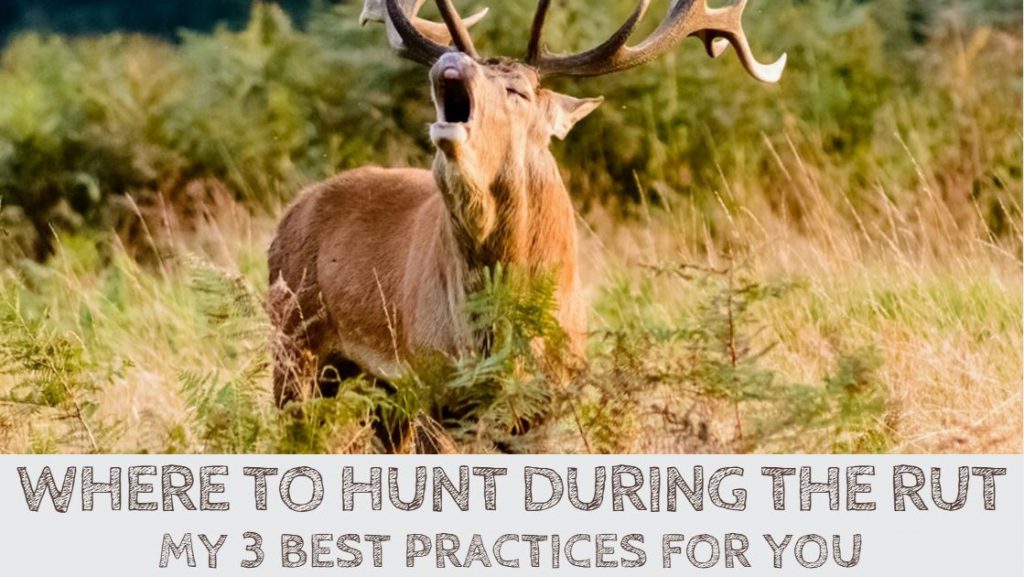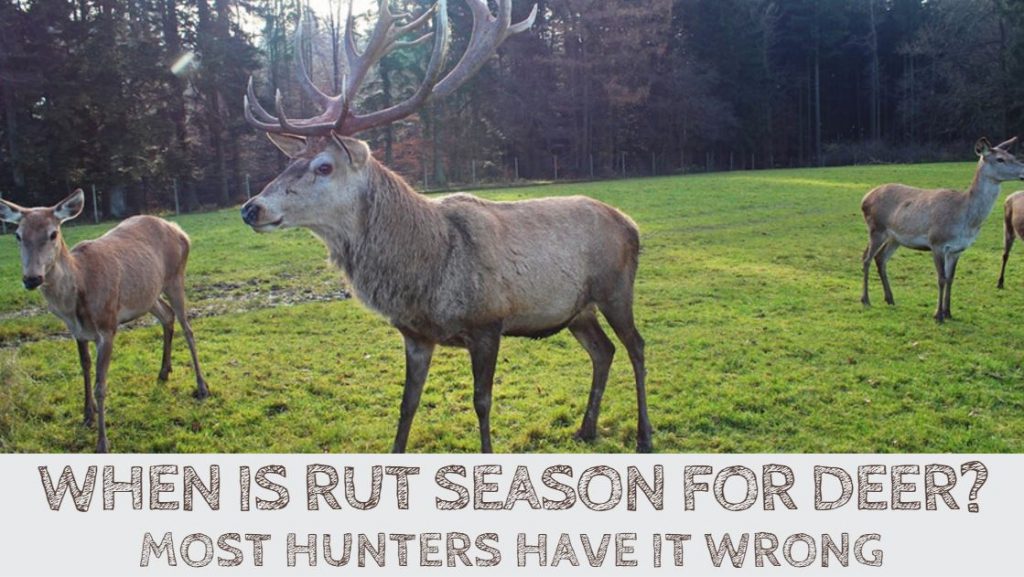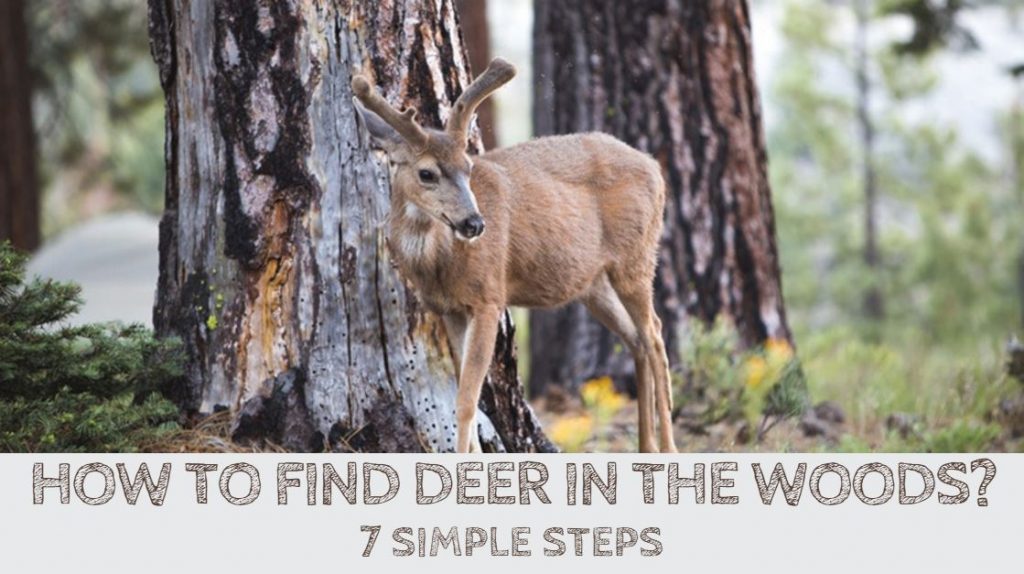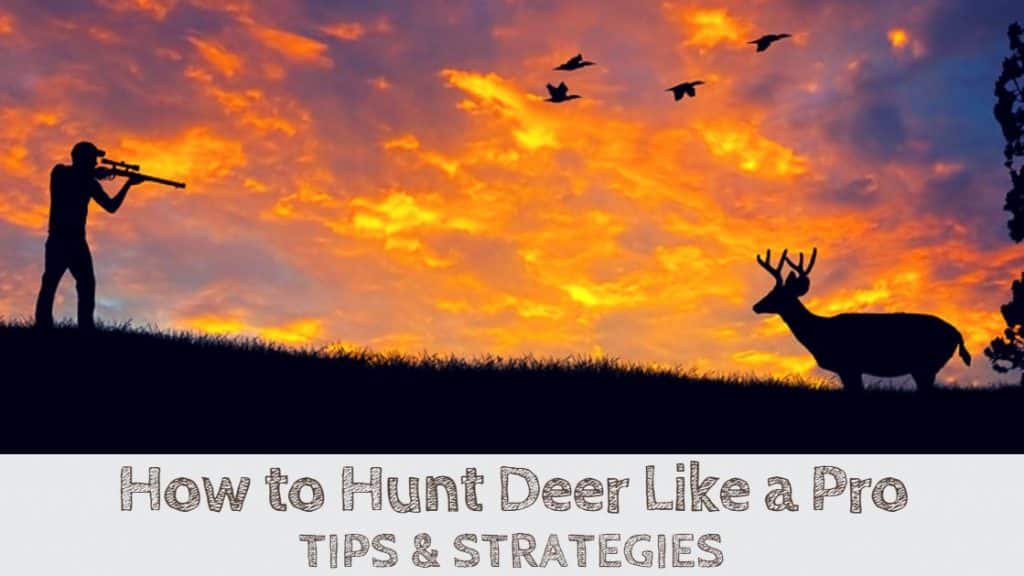Hunters, who are hunting on large tracts of a public forest, are always wondering Where to Find Deer.
It’s easy to envy the farmers and ranchers who own private hunting spaces which seem overrun with deer.
But, there is one huge advantage to hunting in large forests with low deer density – the deer are very big.
The deer in such large forests don’t have the same competition for food as would the deer in smaller bodies of land.
Also, the bucks in such large forests tend to travel further to find companionship. So the more these bucks move, the easier they will be to track.
The only problem is identifying the areas where you would find deer.
The woods often have no identifying marks and signs of deer can be few and far between.
So, this brings us to our topic for today: where to find deer?
Where to Find Deer
Here are the 4 tell-tale signs that betray the location of the deer.
- Funnels
- Food
- Rubs
- Scrapes
1. Funnels
No matter what kind of deer habitat you’re hunting in, you should always be looking out for the funnels.
Taking note of funnels is especially important in public spaces where bucks are roaming large forest ranges.
Pay the most attention to the obvious funnels, such as low gaps in ridges, also known as saddles.
You should also take note of the narrow strips of wood that are positioned between areas such as clear cuts and beaver puns.
You should be able to identify even the most subtle corridors if you wish to be a successful hunter.
Be on the lookout for ledges along the hillside.
Deer often travel along steep terrain because the funnel forces them to cross at specific points.
Look for stream crossings that are narrow or shallow.
Pay attention to swamps, open hardwoods with strips of thick pine and steep washes, swales, or gullies.
You must use the Best Spotting Scope Under 200 if you want faster results. It would allow you to cover vast areas looking for funnels.
2. Food
Deer that reside in private farmlands usually survive off of corn, soybeans, and alfalfa.
But, these foods are not as easy to find everywhere, so you’re going to have to search for the foods that deer prefer in the area where you’re hunting.
For example, if you are tracking whitetails, you will find that they prefer oak acorns more than any other foods. So must keep an eye out for a patch of white oaks that are isolated.
But, deer can still be picky about which tree they get their acorns from. The key is to look for trees that give acorns and have a lot of deer droppings and rubs around them.
3. Rubs
If you notice a rub that is situated close to white oak or funnel, then you are definitely on the right track. And it’s a good idea to establish your deer stand along with these areas.
But, this does not mean that finding fresh examples is going to be easy. When the woodland is vast, the rubs are more dispersed and difficult to locate.
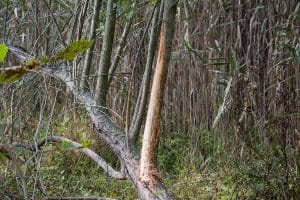
In woodland areas, the distance between rubs is going to be greater. So you need to be patient and persistent in your pursuit.
The key is to take the time to examine each rub you find. Don’t lose hope just because the rub is old. The older ones tend to indicate that the bucks will likely revisit them as they have done year after year.
Once you find a fresh marking around the rub line, you’re in good shape. Fresh rubs are proof that you have chosen a great spot.
4. Scrapes
A scrape is essentially a biological profile of a buck. From just one scrape, you can learn everything about the buck, from age and sex to its social status, dominance, and willingness to breed.
Scrapes are a way for bucks to establish their dominance over other bucks. Bucks make scrapes between their bedding and feeding areas, taking the time to make several of them.
Bucks create scrapes by digging at the foot of a tree and urinating into the bare patch. While doing this, they chew branches and run their forehead glands and antlers against low branches.
But interestingly enough, the patch of ground is not the most significant part of the scrape – the chewed branch is. The buck chews the tip of a branch and deposits his saliva to ensure that it holds his scent.
Different Types of Scrapes
The most traditional buck rubs are known as the primary scrapes.
These are the type of scrapes that happen to appear in the same areas each and every year.
Sure, you will notice that there are a significant number of scrapes along the trails, but primary scrapes are those that are made at the very end of the trail.
If you are a hunter, you should note these as the most important types of scrapes. Bucks will repeatedly visit primary scrapes during the chase and seek phase. So we suggest you set up the best game camera under $100 around primary scrapes to monitor deer movement.
The most common scrapes are known as the secondary scrapes.
They are usually the most prevalent and can be located between the deer’s bedding and feeding areas. You can find them on the trails and travel routes.
Secondary scrapes are very easy to recognize because they form a line. This line is referred to as the scrape line and is evidence of a mature buck who is working the trail.
Boundary scrapes are the last and final type. These scrapes are considered the least important.
They can be located at the intersection of two trails or along the edges of fields.
Though these scrapes make the areas look like a great place to hang your tree stand, it’s important to remember that they are often an indication that the buck has simply passed through the area.
Conclusion
If you take the time to educate yourself and learn more about Funnels, Food, Rubs, and Scrapes, you’ll be able to find deer easily. This will make your overall hunting experience much more enjoyable.
Once you spot deer, you can share the knowledge with other members of your hunting party. Hunting radios are a great way to stay in touch whether you are hunting in pairs or a large group.
We hope you find these signs useful in determining where to find deer. If you have had success with any other such tips, then please leave a note via the comments section and we will try to include it in our next update of the article.
Last Updated on May 15, 2025 by Victor Mays


